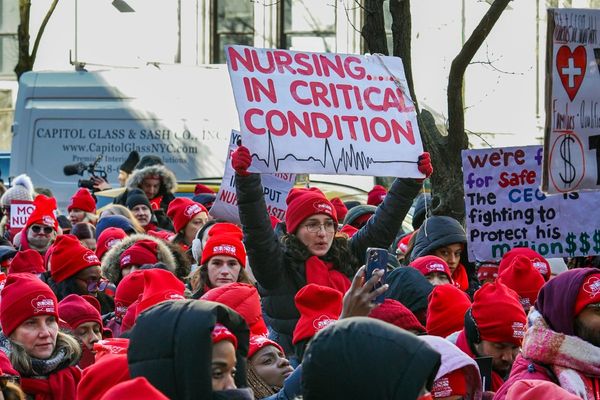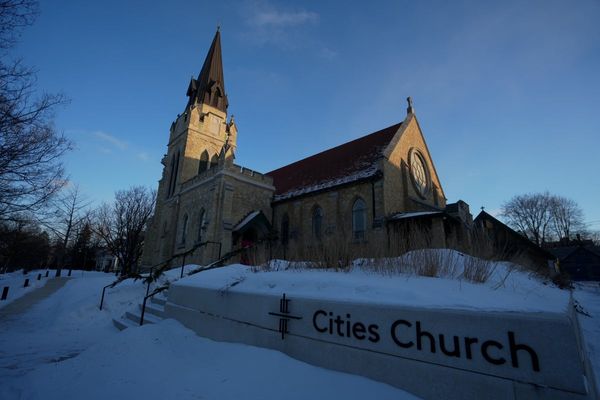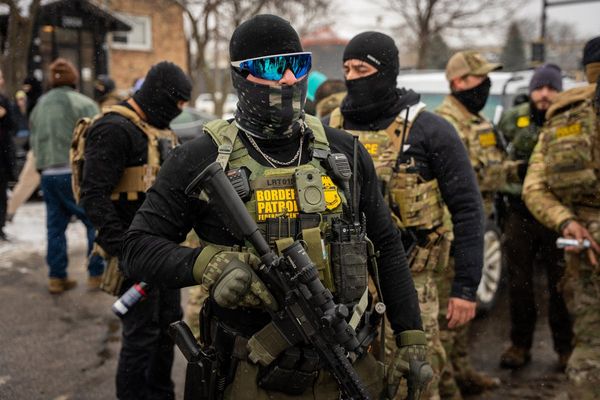Indians or persons of Indian origin have received four Nobel prizes in science. Two of them — C.V. Raman and Subrahmanyan Chandrasekhar — are alumni of the same institution. Only one person of Indian origin — S.R. Srinivasa Varadhan — has received the Abel Prize, considered the equivalent of the Nobel in mathematics. He too is an alumnus of the same institution — the Presidency College in Chennai.
Established in 1840, the institution, regarded as the ‘Mother of University of Madras’ and the first such to be opened in south India and one of the two Presidency Colleges started by the British, had humble beginnings as a preparatory school in a building in Egmore.
Lord Elphinstone, the then Governor of Madras, proposed in 1839 that “it is expedient that a Central Collegiate Institution or University should be established at Madras.” A historical account of the college released during its centenary year in 1940 records that the ambition to establish the college, however, could be realised only in stages since students had to be first prepared for collegiate education. Hence, it was started as a preparatory school, then developed as a high school and later into a college.
Eyre Burton Powell, who has a statue on the present campus, was the first Principal. The collegiate education became formally introduced only in 1853 with 31 students. It took nearly another two decades for the college to move to its present campus.
Until the University of Madras was created as a separate entity in 1857, the college was awarding its own degrees. In the historical account released in 1940, the then Principal, H.C. Papworth, said, “It will always be a source of pride to Presidency College that it is the mother of the University of Madras.”
Since inception, the Presidency College has produced a long list of illustrious alumni in all fields, including science, business, literature and politics. From former Chief Minister and the last Governor-General of India C. Rajagopalachari and T.M. Nair, one of the founders of the Justice Party, to incumbent Chief Minister M.K. Stalin, the college produced several leaders. At least two Union Finance Ministers — C. Subramaniam and P. Chidambaram — were alumni. ‘Tamil thatha’ U. Ve. Swaminatha Iyer, who also has his statue on the campus, taught here from 1903 to 1919.
However, in the past few decades, the college seems to have witnessed a descent from its glorious past with declining quality in education and often being in the news for the wrong reasons.
The college has 26 departments and over 5,000 students now. Academic M. Ravichandran, former principal of the All India Civil Services Coaching Centre in Chennai, says such a decline should not be seen in isolation, but in the context of the overall issues plaguing the educational ecosystem, including the investment in infrastructure and recruitment of faculty members.
M. Dhanushkodi, who studied in the college and went on to serve as its principal from 2004 to 2006, says quality research is still happening at the post-graduation level in the college. However, he argues interventions are needed to improve the quality at the under-graduation level with a large number of students joining the college.
The college admits around 1,300 to 1,400 undergraduate students every year. R. Raman, the principal, says the institution is providing education to students who predominantly come from the disadvantaged backgrounds, who cannot get admission to or afford education at many other institutions. He highlighted that the college was perhaps the only such institution in the country to offer two undergraduate programmes separately for hearing and speech impaired students.
Pointing to the improvement in the National Institutional Ranking Framework (NIRF) score, he says the college is doing better in recent times. The institution was ranked seventh nationally and the third in the State among other colleges, according to NIRF 2021.
Arguing that the lack of engagement of students and faculty members in constructive ways is leading to problems, he says several initiatives have been launched to address it. “We have created and revamped more than 50 clubs in the college,” and coaching for competitive exams is being organised regularly.
The college has 109 endowments, of which many are not utilised. “We are taking measures to utilise them for academic activities.” The college is planning to leverage the alumni network effectively. Steps are being taken to improve college infrastructure too.







